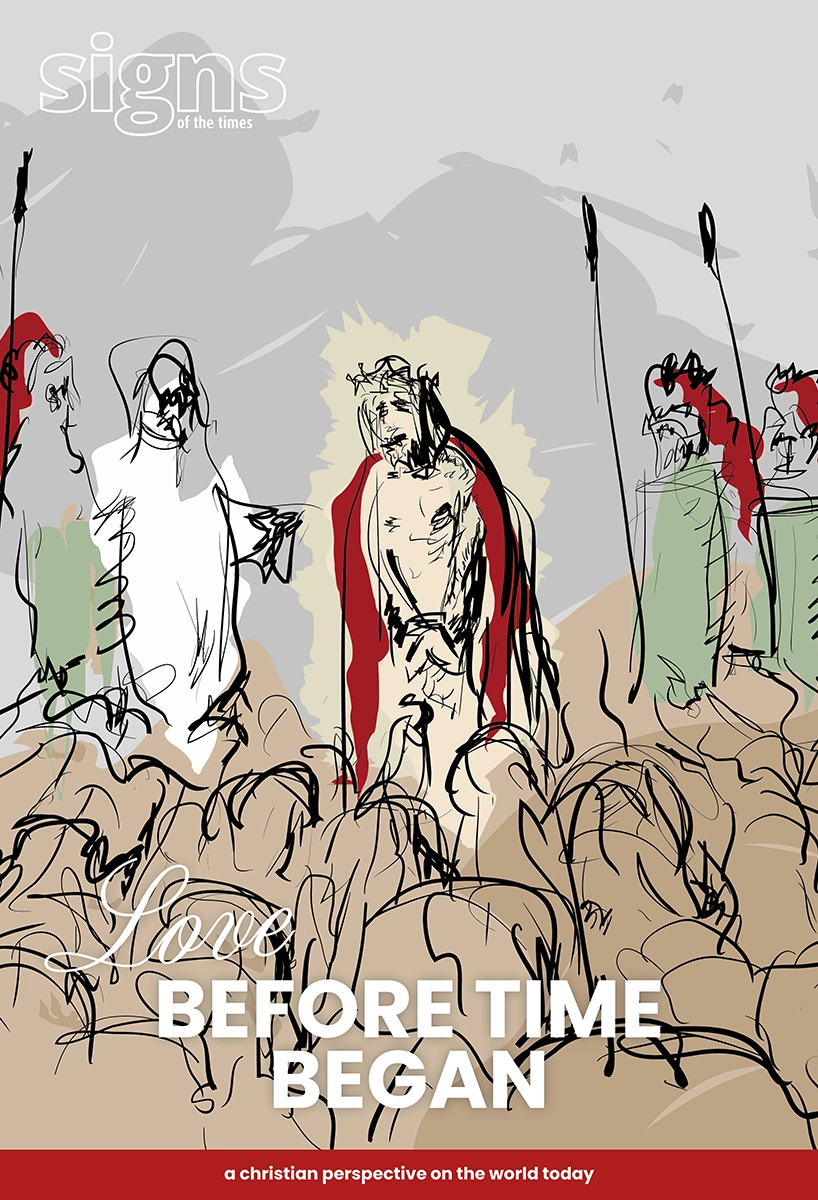The Age of Gluttony?
May 4, 2015

Perhaps it started with Masterchef. Revived and updated in 2005, the original British version proved so popular, it is now produced in more than 40 countries and airs in at least 200 territories.
Masterchef Australia first aired in 2009 and Masterchef New Zealand the next year. What happened afterwards was every television network owner, marketer and culture-maker’s dream—a phenomenon dubbed the “Masterchef effect.”
Kitchen and homeware stores across Australia and New Zealand sold out of baking trays, non-stick cookware and high-end food processors, especially specific brands that had been featured on the show. Cooking classes were completely booked out. People started spending weekends making jam, pasta and butter from scratch.
“As the hundreds of homemaker blogs touting peachy domestic tableaux reveal, no traditional home-centric art is more keenly followed, more romantically photographed and cooed over, than those that revolve around food,” observes Kate Gibbs, on website news.com.au.
On top of the numerous Masterchef spinoffs, other shows such as My Kitchen Rules and New Zealand’sHottest Home Baker have jumped on the bandwagon. But such shows haven’t simply inspired people to cook, they have also taught them to be picky about their food.
“With such an intense focus on fine food and the unique ingredients used to create it, Australians have developed a taste for specialist, gourmet foods,” wrote Thomas Hunter in The Sydney Morning Herald,shortly after the success of Masterchef Australia.
This surge of interest in fine food also means restaurants—and celebrity chefs—have been able to cash in. Two hundred dollar, eight-course degustation dinners have become part of the everyday vernacular.
And perhaps the legacy of Masterchef six years later is a growing generation—and influence—of hipsters, the latest trend-setting subculture to dominate society.
Consisting mostly of urban, affluent Millennials with a love of facial hair and skinny jeans, they are concerned with all things vintage, alternative and, most significantly, the consumption of locally-sourced, organic and artisanal foods.
While the reasoning is sound (better taste, less harmful additives, environmentally-friendly), the “artisan” stamp, complete with old-school production techniques, handwritten labels and small-scale outputs, is often accompanied by a hefty price tag—one consumers of fine foods are all too happy to pay. All because, as Matt Salzberg, CEO of personalised grocery delivery company, Blue Apron, says, “People are interested in food more than they’ve ever been.”
There is also another reason, as suggested by Eaon Pritchard, an advertising and behavioural science expert. Pritchard believes our modern-day obsession with food may also be related to status.
“The more organic [foods] became available to the mass of ordinary consumers, the less it served as a source of distinction for the status seekers. Hence the original organic brigade moved on to ‘local diet’ as the next logical step. Then when that caught-on ‘artisanal’ became the next expression of more-authentic-than-thou. ($8 toast, anyone?),” he says.
While this unprecedented easy access to fine food for the masses is relatively new in recent centuries, the interest in it isn’t.
During Roman times, rampant overeating was often associated with festivals. Ancient texts have plenty to say about lavish Roman feasts, when the wealthy would splurge on exotic fruits and vegetables, as well as shellfish and snails. A formal feast involved multiple dishes, eaten from a reclined position and could last for hours.
And while medieval peasants were self-sustaining and consumed simple and practical meals, medieval lords typically started their days with several dishes of meat and fish, followed by a multiple-course lunch packed with more meat, fish and wine. Dinner was a more exotic affair, with dishes such as pigeon pie, woodcock and sturgeon.
Needless to say, those with easy access to food tended toward excess. King Henry I of England is believed to have died after eating an excessive number of lampreys against his physician’s advice.
Adolf Frederick, King of Sweden from 1751–1771, is commonly known as “the king who ate himself to death.” He died after consuming a meal consisting of lobster, caviar, sauerkraut, kippers and champagne, which was topped off with 14 servings of his favourite dessert: semla (a type of sweet roll often filled with whipped cream) served in a bowl of hot milk.
Today, of course, our interest—even obsession—with food is also taking its toll. New Zealand and Australia are the third and fourth most obese nations respectively among the OECD countries (behind United States and Mexico).
With obesity comes a range of health problems, including being at a greater risk of heart disease, osteoarthritis, strokes, cancers, high blood pressure and reproductive issues.
If current trends continue, it’s predicted obesity will overtake tobacco use as the biggest risk factor for disease in New Zealand by 2016. In total, obesity-related health issues will likely cost at least $NZ8 billion over the next 10 years, says the University of Otago’s Department of Public Health associate professor Louise Signal.
The sad irony about this new age of gluttony lies in the fact we are also in an age of food shortages. While those in developed countries hone their epicurean tastes in food, it is predicted the world is less than 40 years away from a food shortage that will have serious implications for people and governments.
Even worse—and more urgent—is the fact at the time of writing, 800,000 refugees in Africa are facing cuts to their food rations, threatening to worsen unacceptable levels of acute malnutrition, stunting and anaemia, particularly in children.
And according to the UN’s World Food Programme, the world’s largest humanitarian agency fighting hunger worldwide, there are 842 million undernourished people in the world today.
Is it time we considered the starving and hungry world that needs to be fed, as we tuck into our foie gras, truffles and caviar?










